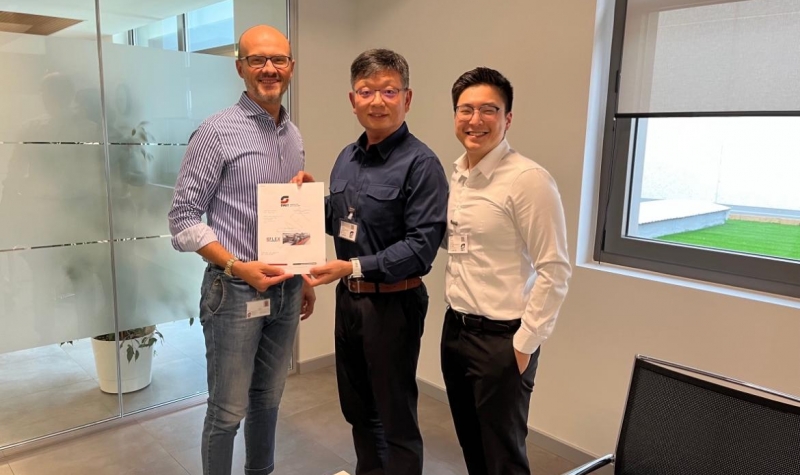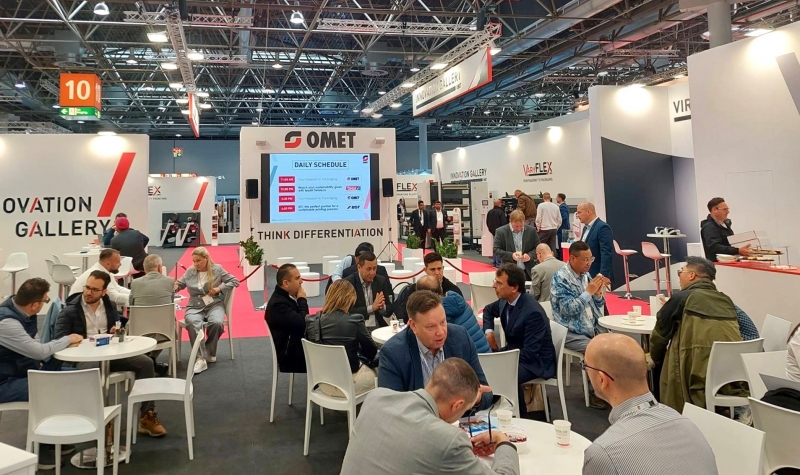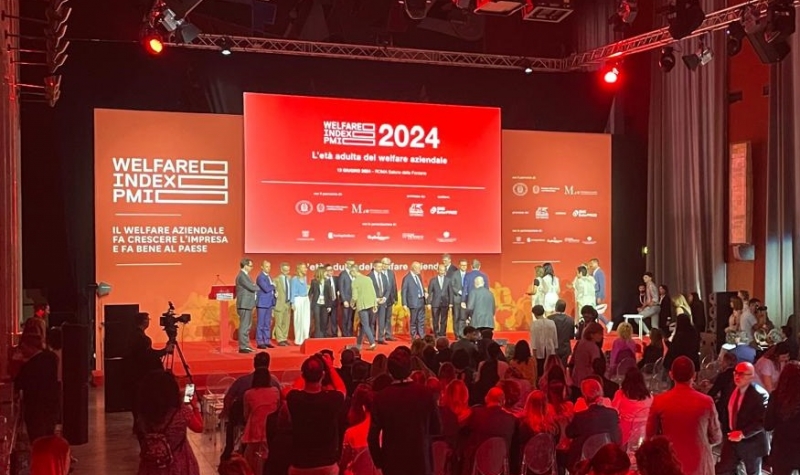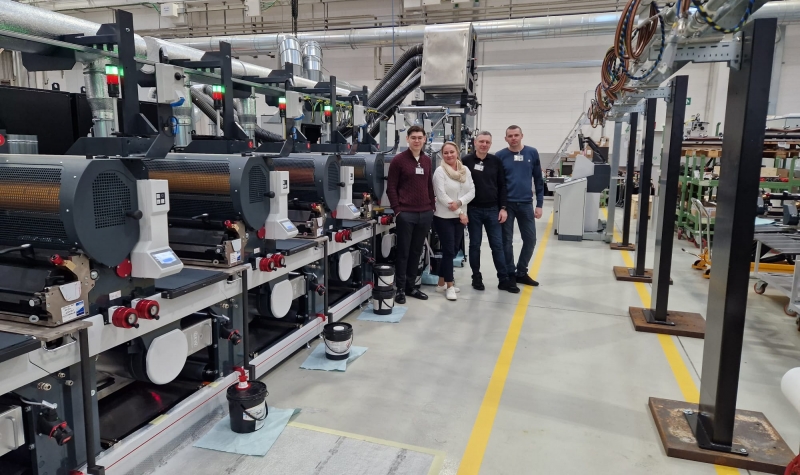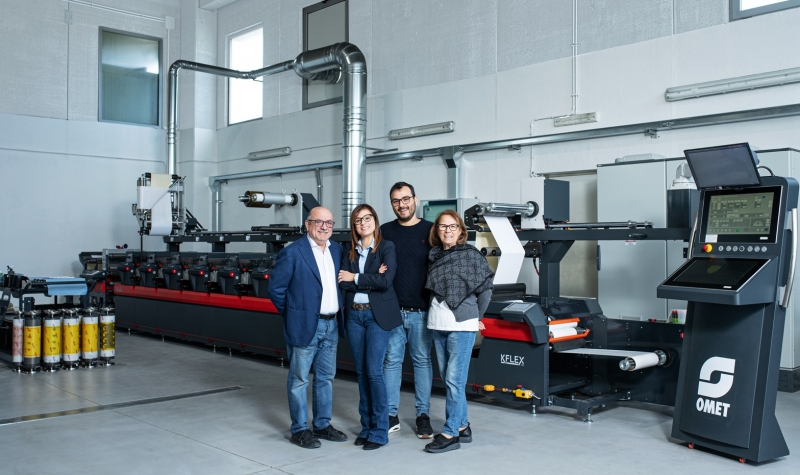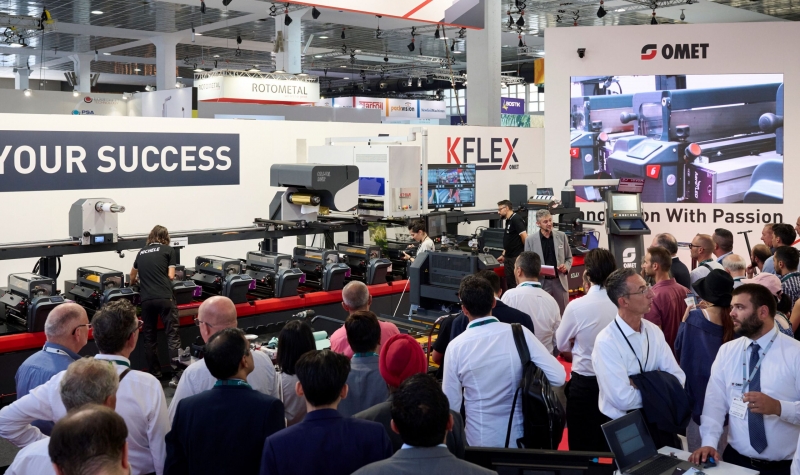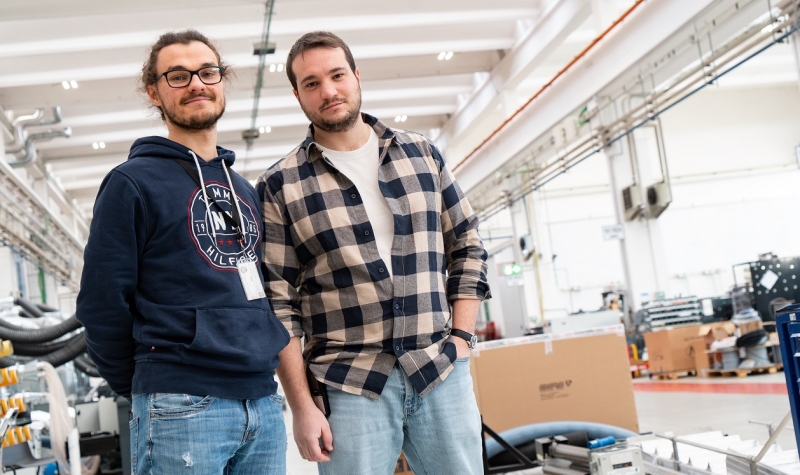
The Japanese continuous improvement approach: interview with Jacopo Lomboni and Daniele Valsecchi
Improvement doesn’t mean big changes the way of working. It’s the result of small enhancements suggested by people in everyday activities. To collect and accept these suggestions is the basis for more efficient processes, and excellent products are a natural consequence. This is the heart of “Kaizen”, a business philosophy for continuous improvement born in Japan in the 80s, that led many companies to lean transformation processes such as the one undertaken by OMET one year ago. Our colleagues Jacopo Lomboni (Production Engineer) and Daniele Valsecchi (Logistic Department) had the opportunity to know Kaizen closely during the training in Japan organized by Auxiell last October: their account is in this interview.
Daniele and Jacopo, what do you bring home from this experience?
We met a very different culture, where the community is thought more than the individual. At work, as in everyday life, the goal for Japanese people is doing well for others in a supplier/customer logic applied to any relationship: “I do my best not for me but for those who come after me”. There is a lot of respect for people and for things.
What does continuous improvement mean for a company?
It is very simple: everyone spends some time to improve his or her work, even for the simplest tasks. In some cases, people have a notebook on the desk to mark possible improvements to be shared with managers and lead to new and more efficient standards. This happens in any company, also the smallest.
How do companies manage these suggestions?
They monitor and share them. But the new solution is not implemented without a positive feedback that introduces a new standard for the whole company. In Italy too, we make daily improvements to our work, but we don’t track nor share them. This is the big difference.
Sometimes we don’t share suggestions because we fear not being heard or to be blocked by bureaucracy.
In Japan there is a lot of bureaucracy, even more than in Italy, but things runs perfectly and quickly. They are loyal to the rules, but at the same time open to change: no one says “we’ve always done it this way”. They evaluate any proposal. We also understood that improvement is not an upheaval, but a set of little changes like the position of a tool, the setting of a movement, the inclination of a machine. Small things produce a great improvement, because they identify and eliminate waste along the production process.
The first organization to apply the principle of continuous improvement was Toyota. Have you met them?
We met three Toyota ex-managers, who lived the boom of Kaizen and now run a “dojo”, a kaizen training center. They explained to us how to improve times, define standards, recognize added value activities. The final product is never the goal, the key factor is the process: if performed correctly, it automatically leads to a high-level product. Their focus is on how to work and why. They don’t make continuous adjustments while working, they quickly follow the standards without checking every step or make continuous tests: they just have to report possible improvements. We’re thrilled with what we’ve seen, but we don’t believe our way of working should be replaced by theirs. Italian genius together with Japanese philosophy of continuous improvement could really lead to great results.
Why is it important to recognize value-added activities?
The question is: where is the added value created? For manufacturing companies, it’s usually in the production department. Wherever I work (offices, production, logistic, etc.) I have to bring benefits where value is being created. That’s why a Lean transformation involves everyone. In the offices we saw extreme levels of organization based, for example, on visual elements: everything is written, colored and showed to ensure that information is shared and available to anyone.
How these principles can be applied in Omet?
Continuous improvement should involve every department and every level. In the Logistic Department we have already started collecting proposals and we dicovered that someone has been thinking of improvements for years. In the production department we started to have daily meetings with all the functions involved in the X6 production process: operators are reporting problems and proposal, and we share ideas, try to find effective solutions and monitor their implementation day by day.
How can people be encouraged to give their contribution?
In Japan, those who propose improvements don’t receive an economic reward, but are always gratified. For example with a “Bravo, you did a good job” or with public praise during company meetings. This is very important for them and we were all amazed by the level of people involvement. In Italy, it’s often easier to find criticism than praise. Everyone’s goal should be to make the company feel good, then I will be fine. Not vice versa.
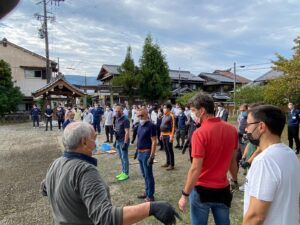 This is teamwork …
This is teamwork …
Yes, they have a strong sense of belonging. In a company we saw the staff used to meet in the morning before work to say together the company slogan. In another company they were used to clean together the working environment (since childhood they clean their school). Everyone takes part in these activities, without being paid for: from the owner to the worker. They believe that a clean and tidy environment allow greater efficiency. In Japan they tend to work always in the same company, change is seen as a failure.
Who did you share the trip with?
The Study Tour group included a dozen people from Italian manufacturing companies and two financial consultants. It was a big opportunity to deal with other Italian companies involved in a Lean transformation.
OMET believes in the importance of training and will give the opportunity of a Study Tour also to other people involved in the “Lean Transformation” process.
 is the web magazine with all news about OMET Group
is the web magazine with all news about OMET Group 